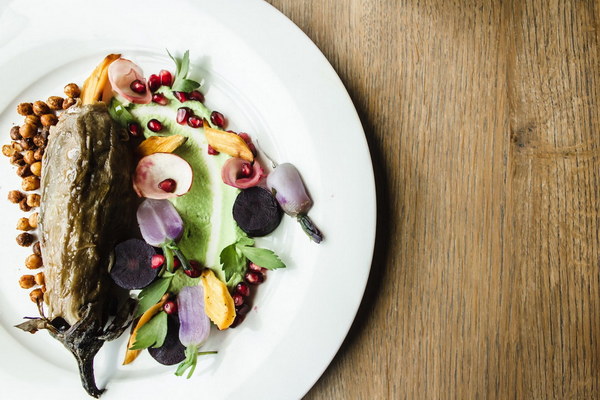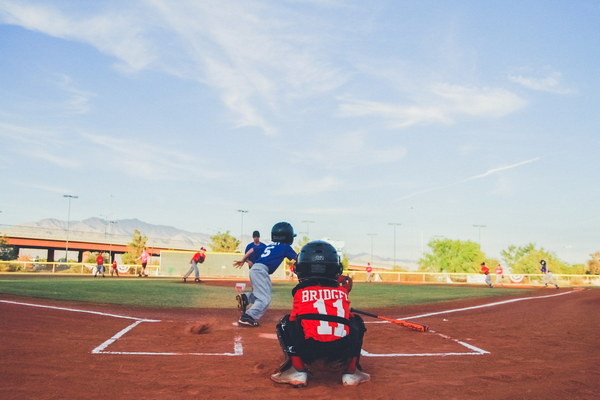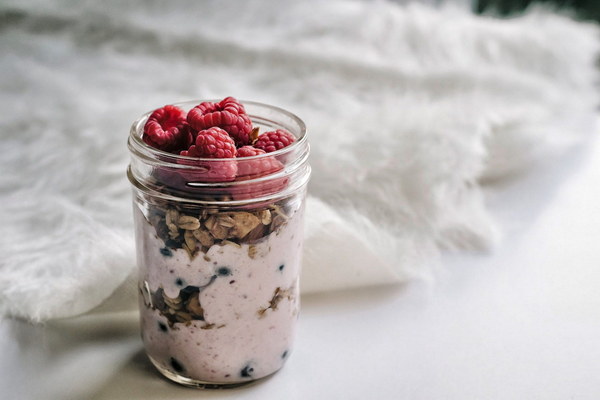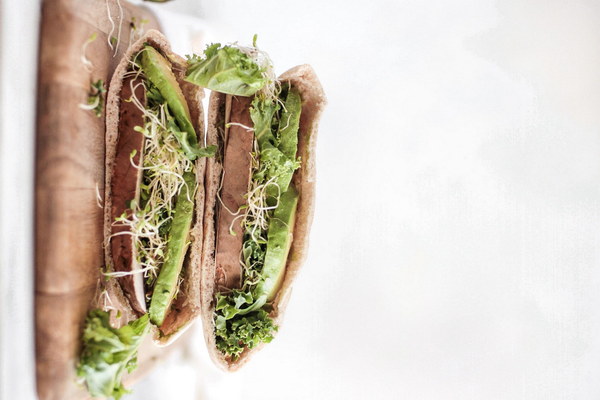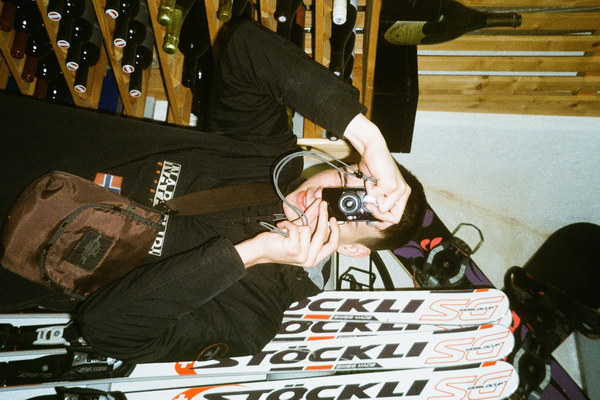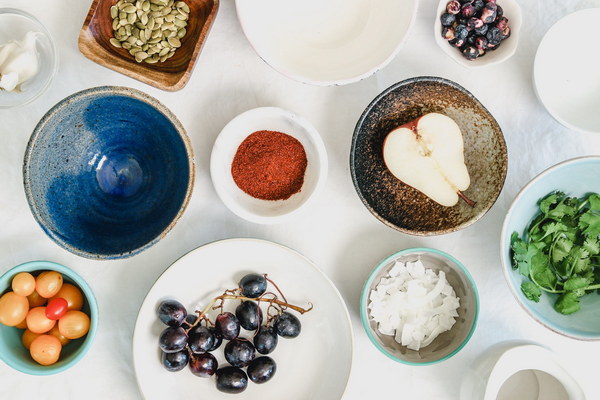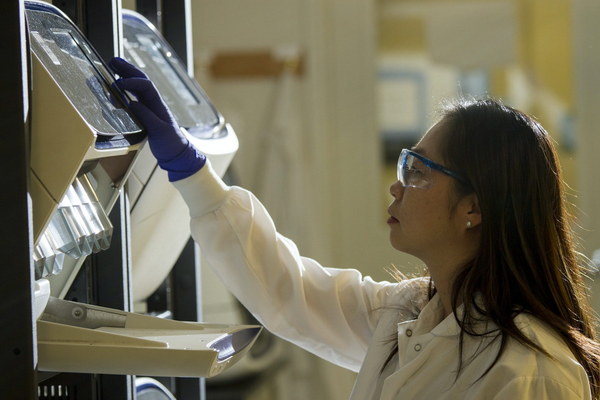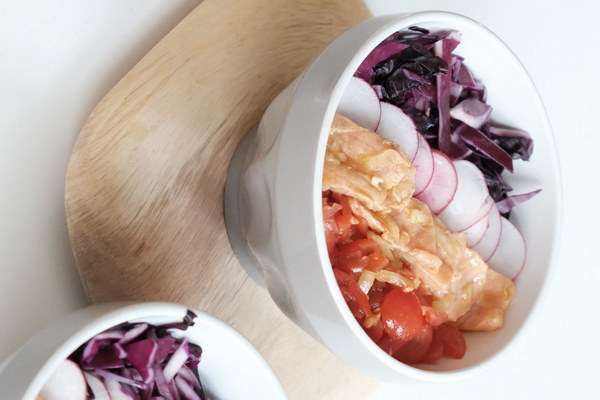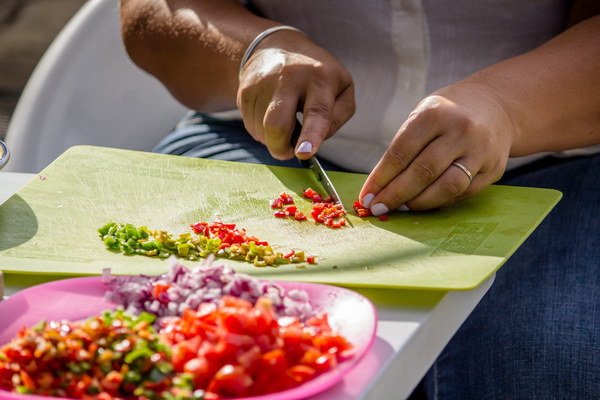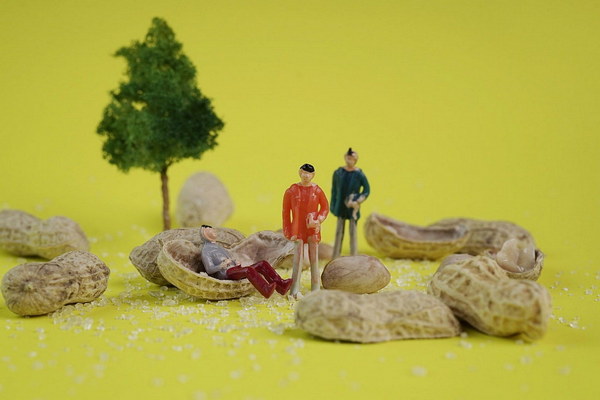Master the Art of Seated Head Therapy A Comprehensive Guide to Enhancing Health and Well-being
Introduction:
Seated head therapy is a traditional therapeutic practice that focuses on the head, neck, and shoulders to alleviate tension, improve blood circulation, and enhance overall well-being. This article aims to provide a comprehensive guide on how to perform seated head therapy, enabling you to harness its benefits and share this ancient art with others.
Section 1: Understanding the Basics
1.1 Definition of Seated Head Therapy:
Seated head therapy is a holistic treatment that involves various techniques such as massage, acupressure, and stretching to target specific points on the head, neck, and shoulders. It aims to release muscle tension, reduce stress, and improve energy flow in the body.
1.2 Benefits of Seated Head Therapy:
- Alleviates tension and headaches
- Enhances blood circulation
- Reduces stress and promotes relaxation
- Improves posture
- Boosts mental clarity and concentration
- Strengthens the immune system
Section 2: Preparing for Seated Head Therapy
2.1 Setting Up the Environment:
Create a serene and comfortable environment for the client. Ensure a quiet room with dim lighting and a comfortable chair or treatment table. Temperature control is also essential, as a warm environment can help relax the muscles.
2.2 Gather Necessary Supplies:
Prepare all the necessary supplies, including a massage oil or cream, a face towel, a blanket, and any additional tools, such as essential oils or acupressure balls.
Section 3: The Seated Head Therapy Process
3.1 Introduction and Consultation:
Start by introducing yourself and explaining the seated head therapy process to the client. Ask about any specific areas of concern or discomfort they may have.
3.2 Positioning the Client:
Position the client comfortably in the chair, ensuring their feet are flat on the ground, arms relaxed at their sides, and head slightly tilted forward. A face towel can be placed over their head to provide privacy and warmth.
3.3 Shoulder and Upper Back Massage:
Begin with a gentle massage of the shoulders and upper back, using long, smooth strokes. Apply a small amount of oil or cream to reduce friction. Focus on releasing tension in the upper trapezius and levator scapulae muscles.

3.4 Neck and Scalp Massage:
Next, focus on the neck and scalp. Use circular motions and gentle pressure to release tension in the cervical muscles. Incorporate finger pressure on specific acupoints, such as the pressure points for the third eye, temple, and jaw.
3.5 Head and Shoulder Stretches:
Gently guide the client through stretches that target the neck, shoulders, and upper back. These stretches should be performed in a slow and controlled manner, focusing on mobility and flexibility.
3.6 Finishing Touches:
End the session by wrapping the client in a warm blanket and allowing them to rest for a few minutes. Offer water and discuss any post-treatment care, such as staying hydrated and avoiding strenuous activities.
Section 4: Advancing Your Skills
4.1 Continuing Education:
To enhance your seated head therapy skills, consider enrolling in workshops, courses, or certifications. These programs can provide you with advanced techniques, client management strategies, and business development skills.
4.2 Refining Your Technique:
Practice regularly to refine your massage and stretching techniques. Experiment with different strokes, pressures, and positions to find what works best for your clients.
Conclusion:
Seated head therapy is a valuable tool for promoting relaxation, reducing stress, and improving overall well-being. By mastering this ancient art, you can provide a unique and beneficial service to your clients. Remember to always prioritize client comfort, safety, and confidentiality as you embark on this rewarding journey.
